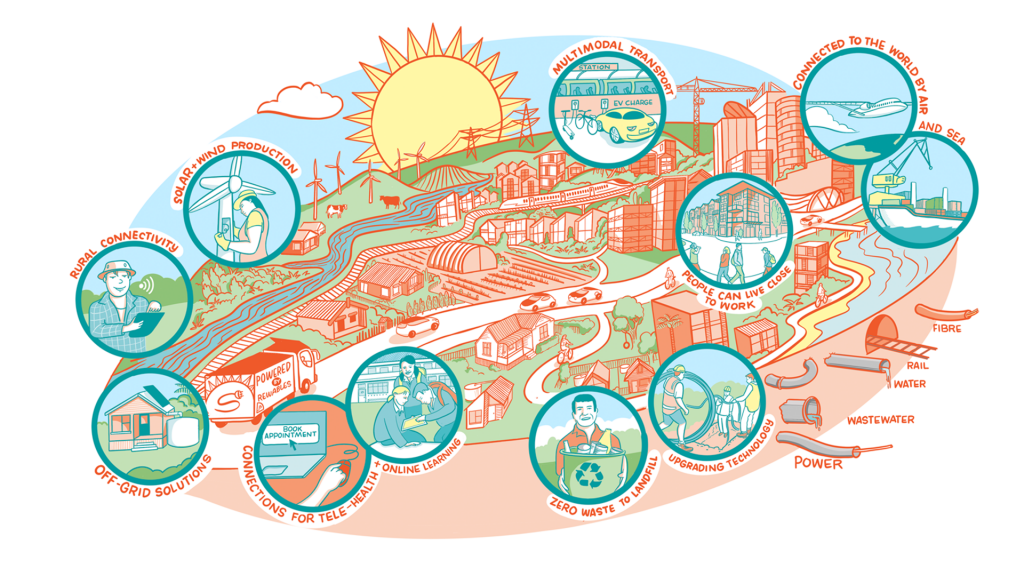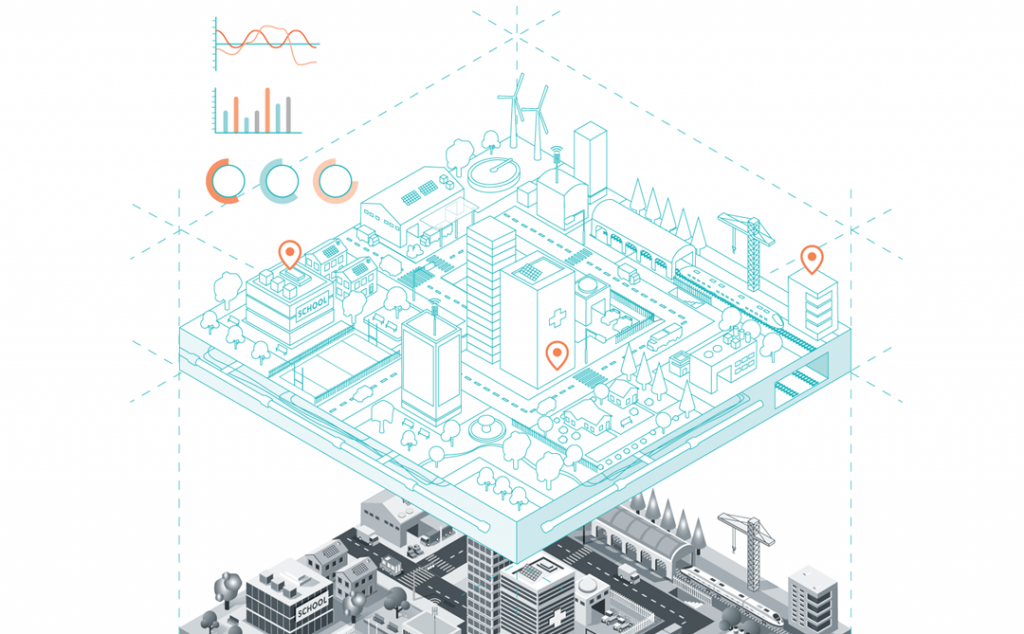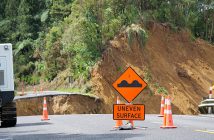The success of the New Zealand Infrastructure Commission’s new 2022-2052 strategy will depend on the buy-in of local and central government, and the broader infrastructure sector itself, Infrastructure New Zealand Chief Executive Claire Edmondson says
Infrastructure New Zealand welcomes today’s release of Infrastructure Strategy 2022 – 2052 from The New Zealand Infrastructure Commission, Te Waihanga.
The strategy does well in bringing together many issues that, despite being strongly linked, have until now often been discussed in isolation.
We are particularly pleased with the recommendation of an independent priority list to build consensus around key projects and initiatives that address significant long-term problems.
Coupled with a principled approach to decision making and funding and finance decisions, this will enable our sector to plan for the appropriate resources and supply chain to actually deliver the work.
The recommendation for a national infrastructure skills plan will also go a long way to ensuring we have the right people with the right skills to bring our infrastructure into the future.
The strategy will need to be responsive and remain relevant – a living, breathing document supported by a framework that enables progress tracking and updates.
This strategy is focused on five objectives to achieve a thriving New Zealand:
- Enabling a net-zero carbon emissions Aotearoa through rapid development of clean energy and reducing the carbon emissions from infrastructure.
- Supporting towns and regions to flourish through better physical and digital connectivity and freight and supply chains.
- Building attractive and inclusive cities that respond to population growth, unaffordable housing and traffic congestion through better long-term planning, pricing and good public transport.
- Strengthening resilience to shocks and stresses by taking a coordinated and planned approach to risks based on good-quality information.
- Moving to a circular economy by setting a national direction for waste, managing pressure on landfills and waste-recovery infrastructure and developing a framework for the operation of waste-to-energy infrastructure.

To leverage our low-emissions energy resources we must have:
- The right regulatory settings to enable the development of large-scale clean onshore and offshore energy resources and the networks needed to connect them. For example, the planning system needs to enable the timely development of clean energy generation.
- Reliable supporting infrastructure: This requires an efficient expansion of supporting electricity and telecommunications networks and an efficient use of our gas and fuel networks.
- A skilled workforce: We need more scientists and researchers helping to improve energy conversion technology, particularly for our dairy-processing activities. We also need to retain our skilled oil and gas workers to make the most of gas (and its specialist infrastructure) as we begin to transition to cleaner alternatives, including offshore alternatives.
We need to take a coordinated approach across government and in our communities:
- A resource management system that gives effect to national priorities: Reform is already underway and the replacement to the Resource Management Act (RMA) must perform the dual roles of protecting the environment and allowing for development. It must enable infrastructure providers to meet policy commitments, which could include decarbonisation, efficient transport networks, adequate competition in the supply chain, universal digital access and timely provision of social infrastructure.
- A long-term, flexible approach to regional planning: We need an approach to regional planning that allows for infrastructure to be built in the future and ensures that cities and regions have plenty of options for responding to demographic change and economic growth. It should also reduce uncertainty where possible, such as through a national population plan.
- Protecting areas for infrastructure decades in advance: Instead of our current ‘just-in-time’ approach, we can identify and protect strategic infrastructure corridors to provide a pathway for the infrastructure that might be needed in the future, allowing us to deliver more at a lower cost.
- Planning rules that are equitable and enable more housing and employment in the right places: We can make it easier to develop land within our towns and cities and for people to live and work where they want, at a lower cost. Planning rules can empower everyone through improved housing affordability, reduced congestion and support for other social objectives.
- Ensuring that the costs are fairly spread over time: We need funding and financing tools that reflect the period of time in which infrastructure assets deliver services.
Providing better infrastructure through pricing:
- Pricing for quicker journeys: Charges and road tolling for the busiest roads at peak times will free up these roads, creating quicker trips for people who must drive, such as couriers, tradespeople and freight carriers.
- Better transport alternatives: Alongside better transport pricing, we need to improve transport alternatives such as public transport, walking and cycling to make it easier for people to change their behaviour to avoid prices and move to low-emissions transport options.
- Pricing to pay for water infrastructure: Charging to match the water we use will reduce costs for low users, encourage more careful use and reduce the need for costly new infrastructure.
- Encouraging water conservation: Alongside changes to water pricing, we need to make it easier for people to conserve water. For instance, we can make it simple and straightforward to install rainwater harvesting and promote toilet flushing with grey non-drinking water.









